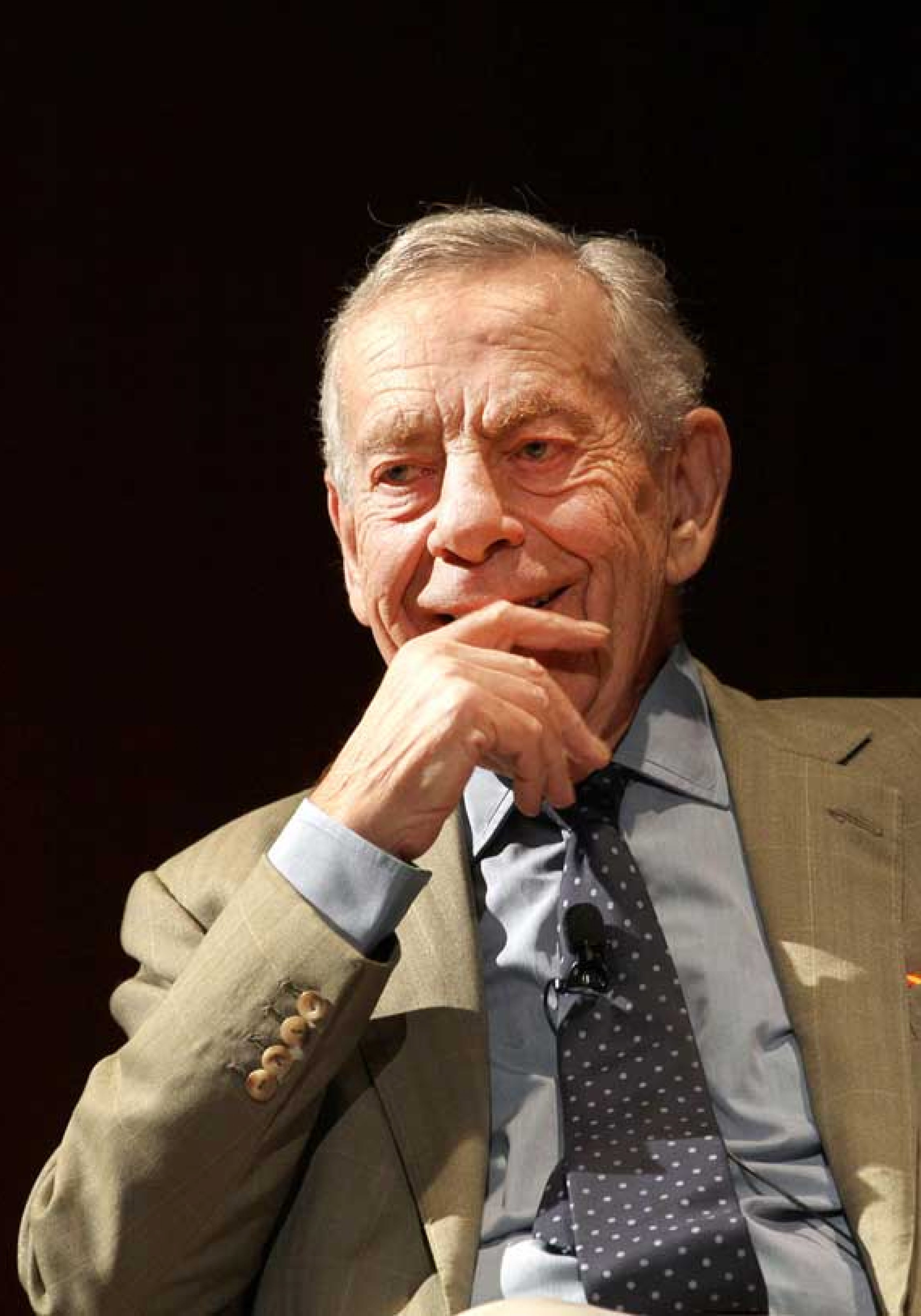
The book “Writing News for Broadcast,” published in 1971, taught me how to write. Avoid adjectives. Use the details that reveal, and that means not many. Sharpen your language, or delete it. Don’t write to be clever or to impress. Be clear. Be humane. Have empathy. Have an ear for language.
Morley Safer, who retired last week from CBS News, says that what matters most is not the pictures on your TV. In other words, the writing counts. As he has said, “The impact is what you’re saying, not so much what they’re seeing,”
I first read “Writing News for Broadcast,” a text meant for students, in the early ’70s, when I was one of them, ambitious, naïve, but most teachable. The book laid down the principles — a word less cut and dried than rules — that formed the basis of CBS News’ style and sound, and that influenced reporters like Safer.
The book was written by two superb thinkers about journalism, Ed Bliss and John Patterson, both gone now. My copy followed in every professional move I made, until I landed in Florida. I’d moved so often the book got lost.
Last week, though, I located a copy in the dreary stacks of the University of South Florida library in Tampa. The book was last revised in 1994, and it’s not likely any students of the news business read it today. It is, I suppose, so last century. The internet is nowhere in the text.
Writers of all sorts who are ignorant of this book are ignorant indeed. Writers, readers and viewers who don’t see Safer’s retirement as a loss are ignorant, only more so.
Those ideas about clarity and plainness and the quality of being humane contained in “Writing News for Broadcast” carried me through writing a radio news report, a newspaper column, a graduate school research paper, and fiction. Safer, with his cigarette-roughened voice and his habit of looking very closely at the world, embodies them.
He will be remembered as the first reporter to show the public the awful realities of the war in Vietnam — a 1965 story that showed American soldiers using their cigarette lighters to burn down a village, Cam Ne, full old men, mothers and children to pay back whoever had been shooting at the GIs, and who the GIs never found. The memorable tape has Safer behaving in ways the military would never permit now. He walks through the jungle, the camera hard on the faces of weeping villagers, Safer himself down on the ground, lying next to a GI with a rifle in his hand, and with a microphone in his own hand, interviewing the soldier.
You can find the video on YouTube. It runs only a few minutes and will teach you about cruelty and suffering, so quickly and profoundly that there’s no arguing with it. You will also learn about storytelling, the power of plain language and the need to write about people as they would want to be understood, as they should be understood. That is the writer’s job, no matter the medium or genre.
___
Tampa-based writer Mary Jo Melone is a former columnist for the Tampa Bay Times.



